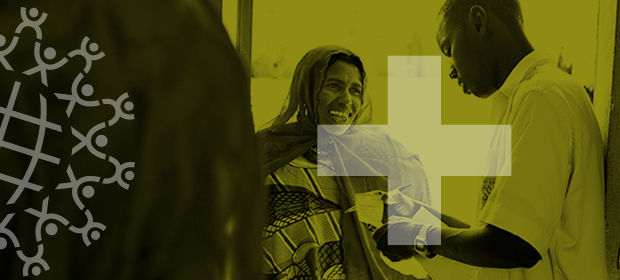Where We Work
See our interactive map


In fall 2015, the Primary Health Care for Communities (PHC2C) consortium conducted a formative assessment of community health in Zambia. I was fortunate to join the research team, led by IntraHealth International and the University of Zambia’s School of Medicine.
Our respondents took us to new, sometimes surprising places. Even what we expected to be simple questions—“How long does it take for an ambulance to reach you?”—led to complicated answers. It depends, we learned, on factors like fuel, the time of sunset, elephants, rain levels, cell phone connectivity, and whether another health post in the same area had an urgent case as well.
Qualitative research like this lets people speak for themselves.
We interviewed more than 50 providers, volunteers, policy-makers, and community members in remote and rural communities in Zambia. Nurses and community health assistants taught our team how frontline teams work together to care for the populations they oversee. Community members shared their stories of how they bring vital health information to their villages, and support clinic staff to provide care. District, provincial, and national policy-makers described how Zambia’s policies and strategies have helped it make remarkable gains toward the Millennium Development Goals and the Sustainable Development Goals.
While surveillance and quantitative information are important, qualitative research like this lets people speak for themselves.
Survey data can tell us that deaths of children under five in Zambia fell from 168 per 1,000 in 2002 to 75 per 1,000 in 2014. But they don’t tell the stories of nurses treating clients long after clinic closing hours; volunteers spending days on foot to share health information with villages; and a new cadre of community health assistants giving care within communities. Qualitative research is known for its focus on people, and its ability to let the interviewee take the lead, and this experience exemplified that to me.
Stepping back from a traditional fact-finding approach allowed us to learn from the people who make up the community health system in Zambia.
PHC2C’s work is not focused on a specific disease, cadre, or methodology. Instead, it asks a big question: what needs to work better for communities to reach the care they deserve?Our research produced lessons and recommendations that will inform programs, policies, and health care provision in Zambia. These have led to concrete steps such as policy changes, greater harmonization among NGOs, and a new University of Zambia course for nurses who lead rural health facilities.
Another part of the solution lies in the approach.
We believe that each of these steps will help answer part of our big question.
Another part of the solution lies in the approach—listening to health workers and communities, sharing their stories, aligning initiatives, and adapting to help where it will be most useful.
The flexible, open approach of the PHC2C assessment led to rich, practical knowledge for our team, and more importantly for Zambian communities and stakeholders. I’m looking forward to seeing what new lessons it will reveal as we continue working with our partners in Zambia.
Read more:
Get the latest updates from the blog and eNews




